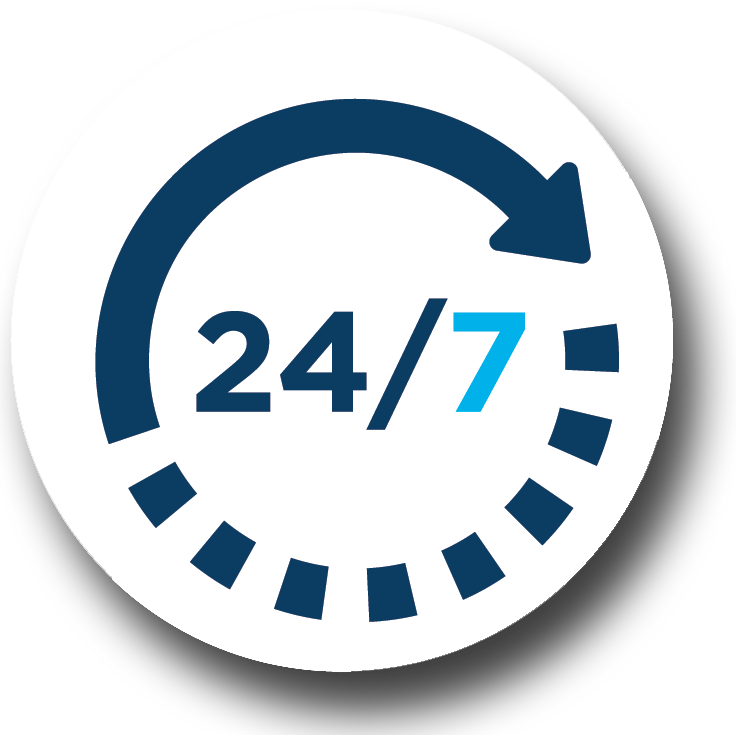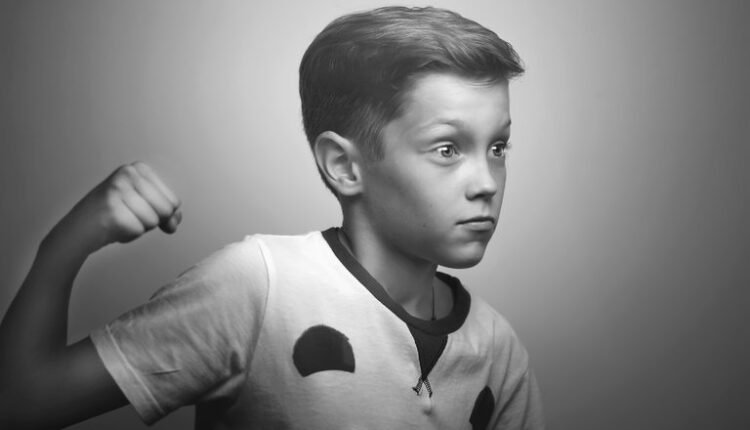The Psychology of Boyhood and Masculine Identity in Crisis: An Absent State and Invisible Inequalities
Abstract: This letter explores the widespread institutional and societal neglect of the male gender, particularly during key developmental and experiential phases such as adolescence, young adulthood, and fatherhood. It highlights the absence of preventative and supportive structures that consider the differentiated psychology of boys, their biological and social development, and the increasing societal burdens they face. Twelve key areas of institutional inertia and social bias against men and fathers are identified, and a scientifically grounded reevaluation of policies, pedagogical tools, and support structures is proposed.
Keywords: male psychology, fatherhood, social inequality, educational policy, gender and society, mental health, masculine identity
Comprehensive Analysis of the 12 Critical Areas
- Absence of Experiential Workshops for the Male Population While numerous programs exist for girls and women (including talks, workshops, and awareness campaigns), boys and men are conspicuously absent from similar initiatives. This lack of targeted engagement deepens boys’ sense of isolation, disconnection from their inner world, and alienation from society.
- Lack of Specialists in Male Psychology Major state organizations and regional mental health centers lack male professionals and experts trained in the specific psychology of boys and men. The prevailing therapeutic models often reflect female-centric frameworks, which do not align with the unique emotional expression and interaction patterns of boys.
- Lack of Fatherhood Programs The term “fatherhood” is rarely mentioned in public policy discourse. It is viewed more as a legal or administrative role than as an emotional bond or a vital component of a child’s psychological development.
- Absence of Positive Masculine Role Models Media portrayals of men are either toxic (violent, cold, irresponsible) or nonexistent. Boys grow up without access to positive, multifaceted male role models both in classrooms and in the media.
- Lack of Male Role Models in Education The near absence of male educators—especially in early education (preschool, primary school)—creates a gender-imbalanced pedagogical environment. Boys’ needs for physical engagement, dynamism, and experimentation are often misinterpreted or punished.
- No Prevention Programs for Male Mental Health Breakdown Adolescent males lack safe spaces to express and process their emotional world. Rising rates of depression, substance use, and suicidal ideation among young men remain largely unaddressed by state interventions.
- Social Bias Against Fathers In divorce proceedings, fathers are often treated as secondary or even irrelevant figures. Legal frameworks still prioritize maternal custody, overlooking the child’s right to a balanced relationship with both parents.
- Failure of Gender Equality Policies Current gender equality agendas are overwhelmingly female-centered. Men are rarely considered beneficiaries of equality but are instead cast as suspects or perpetrators.
- Cultural Demonization of the Male Role Men are frequently portrayed in the media as inherently violent or abusive. This leads to their social devaluation and the stigmatization of masculinity.
- Lack of Targeted Action in Vulnerable Communities In remote and economically disadvantaged communities, men face intensified psychosocial exclusion, yet no targeted mental health or support programs are in place.
- Neglect of Male Emotionality and Distinct Psychology Male emotional development differs fundamentally from that of girls—biologically, psychologically, and socially. Attempting to approach boys using strategies developed for girls often leads to ineffective outcomes. Boys process emotions differently, form attachments in different ways, and require tailored methods for emotional support. Scientific literature clearly distinguishes male affective development patterns, which should be reflected in educational and therapeutic practices.
- Juvenile Delinquency as a Symptom of Institutional Neglect The rise in adolescent male delinquency is a direct result of absent male role models in schools, violent and stereotypical media portrayals, and systemic failures by institutions such as the Hellenic Police, the Ministry of Education (including IEP), and the General Secretariat for Family and Gender Equality. Boys are targeted rather than supported, and actions toward prevention are nearly nonexistent.
Conclusions The crisis of masculinity is not rooted in weakness but in the long-standing negligence of state institutions and the misguided assumption that men require no support. On the contrary, boys and fathers today face unprecedented psychological and social pressures without the tools, role models, or structures to sustain them.
Double Standards in the Public Sphere
When a father demands equality, he is met with skepticism or even ridicule. TV shows, articles, and empowerment campaigns focus exclusively on the mother and the “protection of female vulnerability,” while men—especially fathers—are portrayed one-dimensionally as “potential threats.”
At the same time, reports such as those by UN Women or the recent guidelines issued by the European Commission under Von der Leyen completely exclude any concept of protecting men and boys from discrimination, silently dismissing the very notion of male vulnerability.
Legal Framework of Violations and Reminder of Fundamental Rights
The current situation blatantly violates the following:
- Article 8 of the ECHR – Right to respect for family life
- Article 14 of the ECHR – Prohibition of discrimination on grounds of sex
- Article 21 of the EU Charter of Fundamental Rights – Non-discrimination
- Article 1 of the Universal Declaration of Human Rights – All human beings are born free and equal in dignity and rights
- Sax, L. (2005). Why Gender Matters: What Parents and Teachers Need to Know About the Emerging Science of Sex Differences. Doubleday.
- Gurian, M. (2017). Saving Our Sons: A New Path for Raising Healthy and Resilient Boys. Gurian Institute Press.
- Pollack, W. S. (1998). Real Boys: Rescuing Our Sons from the Myths of Boyhood. Henry Holt and Co.
- Hoffman, J. (2020). “The Loneliness Crisis Among Men,” The New York Times.
- APA (2018). Guidelines for Psychological Practice with Boys and Men. American Psychological Association.
- Connell, R. W. (1995). Masculinities. University of California Press.
- Καρασαββίδης, Σ. (2022). «Αναπαραστάσεις της αρρενωπότητας στη σύγχρονη ελληνική κοινωνία». Επιστημονική Επιθεώρηση Κοινωνικών Ερευνών, 42(3).
- UNICEF (2021). Boys in Crisis: Addressing the Gender Divide in Education and Wellbeing
Phil Mitchel – The Sexual Abuse of Boys and Men: Creating an Aprroach for Neglecting Victims
- Phil Mitchel – https://counsellorinleeds.co.uk/blog/blog-2024-another-year-of-mens-issues-misandry-and-double-standards/
- James L. Nuzzo (18 April, 2025),
https://jameslnuzzo.substack.com/p/women-are-not-understudied-or-underrepresented
Summary for Journal Submission
Title: Male Identity and Boyhood in Crisis: Invisible Inequalities in Greek Social and Mental Health Policy
Abstract: This letter (complains) & examines the systemic neglect of boys and men within Greek social policy and mental health systems. Despite growing initiatives for gender equality, male-specific needs—particularly during adolescence, early adulthood, and fatherhood—remain largely unaddressed. The article analyzes 12 key areas of institutional failure, such as education, mental health, family law, media representation, and youth delinquency. It argues for a science-based redefinition of male psychology, tailored intervention strategies, and the establishment of support structures that recognize and respond to the unique emotional and developmental profiles of boys and men.
Keywords: male psychology, fatherhood, gender inequality, education, emotional health, masculinity
Cover Letter
Please find attached our manuscript entitled “Male Identity and Boyhood in Crisis: Invisible Inequalities in Social and Mental Health Policy” for consideration for publication in your esteemed journal. This article addresses a critical gap in the contemporary discourse on gender, by highlighting the overlooked psychological and developmental needs of boys and men in modern society.
The analysis is supported by empirical observations, interdisciplinary research, and a comparative understanding of gender-specific frameworks in educational and social institutions. We believe this contribution will enrich academic discussions on gender equality, public health, and social inclusion.
Thank you for your time and consideration..


Comments are closed.